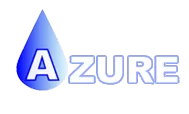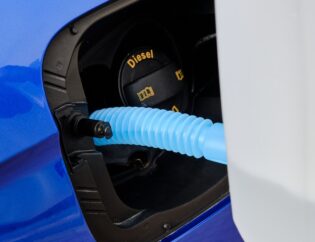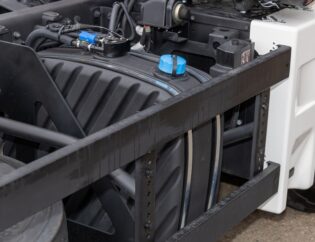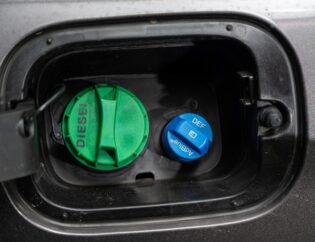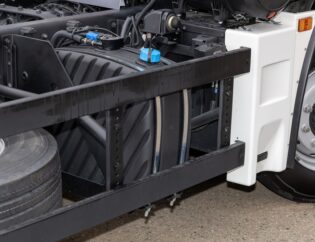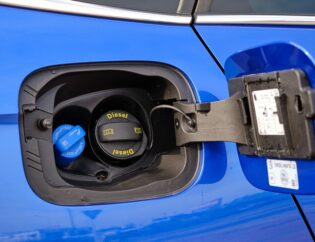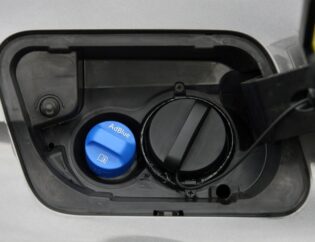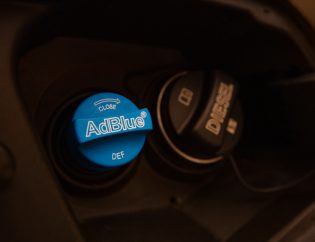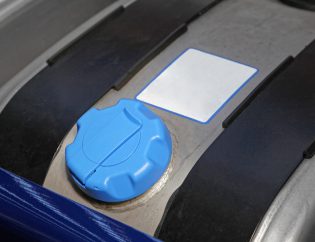
When did diesel exhaust fluid start? DEF played a major role in allowing diesel engines to conform to emissions regulations while maintaining performance and fuel economy. Understanding when and how DEF was developed provides insight into the evolution of diesel emissions control technology. This article by Azure Chemical will examine the origins of DEF and trace its path to widespread commercial use in the 2000s and beyond. We’ll explore the contributions of researchers, regulators, and manufacturers that led to the rise of DEF as an indispensable fluid for modern diesel engines.
Contents
Diesel Engine Emissions
Diesel engines have long been known for their fuel efficiency and high torque, making them popular for trucks and other heavy-duty applications.

However, compared to gasoline engines, diesel engines also produce higher levels of emissions that are harmful to human health and the environment.
The two primary emissions of concern from diesel engines are nitrogen oxides (NOx) and particulate matter (PM). NOx refers to gases that form when the high temperatures in the engine combine nitrogen and oxygen. These gases contribute to smog formation and acid rain. PM is composed of very small particles of soot and metals from unburned fuel and engine components. PM can penetrate the lungs and contribute to respiratory and cardiovascular disease.
Other diesel emissions include hydrocarbon gases like formaldehyde and acetaldehyde and carbon monoxide and carbon dioxide greenhouse gases. However, NOx and PM have been the primary focus of health and environmental regulations to clean up diesel emissions. Advances like improved engine design, fuel injection, and exhaust aftertreatment systems have helped reduce NOx and PM emissions from modern diesel engines. However, additional solutions like diesel exhaust fluid were required to reach the latest emissions standards.
Emission Regulations
Diesel engine emissions have been regulated in the United States since the 1970s. Nevertheless, in the 2000s, as worries about the health consequences of nitrogen oxides and diesel particulate matter increased, rules were considerably harsher.
The EPA began implementing new emissions standards in 2007, which required large reductions in particulate matter and nitrogen oxides from diesel engines. These standards are known as the 2007 Heavy-Duty Highway Rule. Compared to 2004, the particulate matter standard was lowered by 90%, and the nitrogen oxides standard by 95%.
Even tighter standards were implemented in 2010 under the EPA’s 2010 Heavy-Duty Highway Rule. This required an additional 90% reduction in nitrogen oxide emissions beyond the 2007 standards.
Meeting these new standards was not possible with older diesel engine technology. It required advanced emissions control systems like selective catalytic reduction (SCR), which relies on diesel exhaust fluid to function. The stringent 2007 and 2010 standards were the key driving force that necessitated developing and commercializing diesel exhaust fluid.
Selective Catalytic Reduction
Selective catalytic reduction (SCR) is an advanced active emissions control technology that injects a liquid-reductant agent called diesel exhaust fluid (DEF) into a diesel engine’s exhaust stream.
The DEF triggers a catalytic reaction that converts nitrogen oxides (NOx) into harmless nitrogen, water, and tiny amounts of carbon dioxide.
SCR systems use a catalyst – usually made from precious metals like platinum, rhodium, and zeolites – to facilitate the conversion of NOx. As hot exhaust passes through the catalyst, the DEF is injected and breaks down into ammonia. This ammonia reacts with the NOx on the catalyst’s surface to form nitrogen and water vapor.
The SCR process reduces NOx emissions by up to 90 percent, allowing diesel engines to meet even the most stringent emissions regulations. New diesel engines are designed with an SCR system to reduce NOx at the source before it leaves the tailpipe. SCR technology has become the industry standard for NOx reduction in modern diesel vehicles.
By injecting DEF and harnessing catalytic chemistry, SCR provides an efficient method for converting harmful NOx emissions into harmless byproducts. This allows diesel engines to operate more efficiently while keeping emissions low. SCR is a key technology that enabled engine manufacturers to meet tightening emissions standards while maintaining diesel fuel economy and performance.
Development of Diesel Exhaust Fluid
Diesel exhaust fluid (DEF) was originally developed in the 1990s by the Manufacturers of Emission Controls Association (MECA), an industry group focused on reducing emissions from diesel engines.
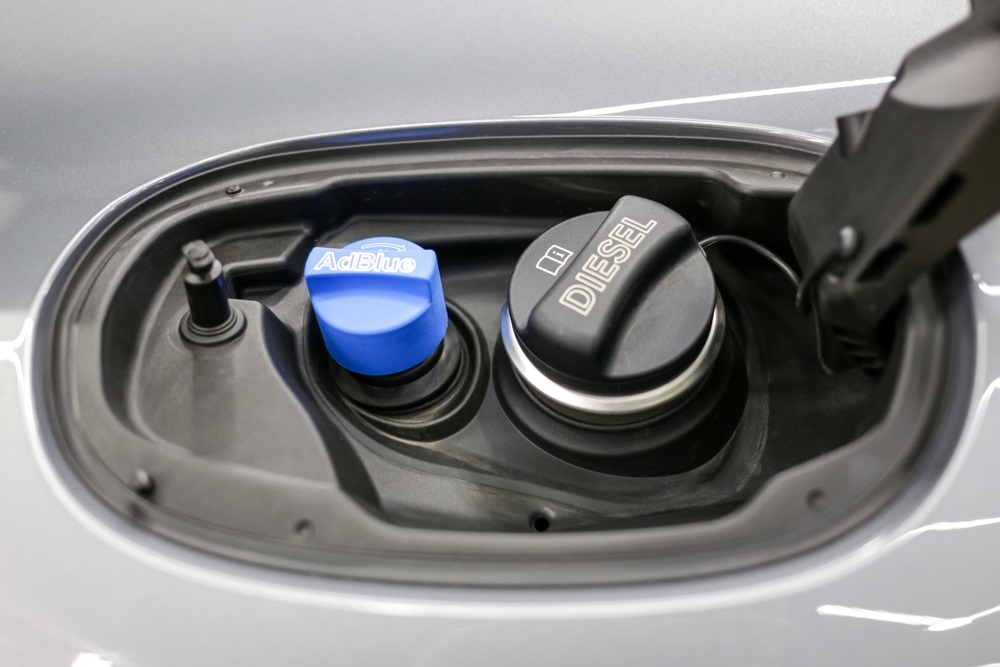
MECA was working to find solutions to meet the emission regulations being developed at the time, including regulations on nitrogen oxide (NOx) emissions. NOx contributes to smog and respiratory problems, so reducing NOx from diesel engines was a priority.
Engine manufacturers were exploring selective catalytic reduction (SCR) systems to reduce NOx emissions. SCR requires injecting a reductant into the exhaust stream before the catalyst. Ammonia is an ideal reductant, but storing ammonia safely on vehicles proved challenging.
MECA came up with the idea of using urea as a safe way to deliver ammonia for SCR systems. When heated, urea breaks down into ammonia, which can catalyze the NOx reaction. The urea solution used for this purpose became known as diesel exhaust fluid.
MECA worked with engine manufacturers and the EPA to develop specifications and testing for DEF. Having an industry standard allowed engine makers to implement DEF systems practically. MECA’s early development work paved the way for the widespread use of DEF today.
Commercialization in the 2000s
Diesel exhaust fluid (DEF) first went into commercial use in the mid-2000s as diesel engine manufacturers began installing selective catalytic reduction (SCR) systems on their vehicles to meet strict new emissions regulations.
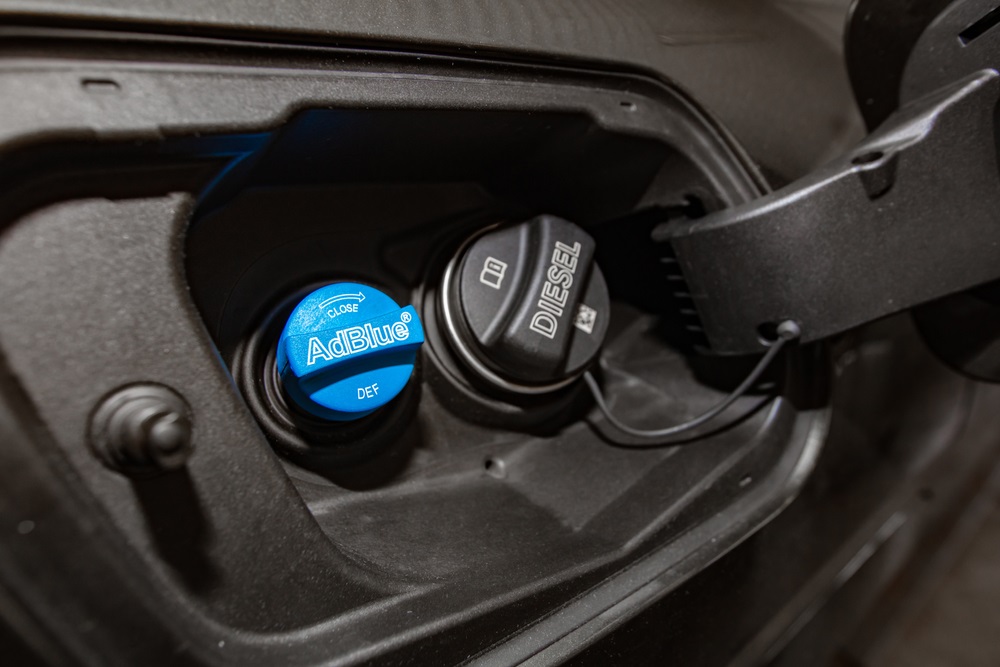
SCR technology has been used in stationary applications like power plants for years, but packaging it into vehicles has posed some challenges. A key component was developing DEF, a liquid-reducing agent needed for the SCR reaction.
Several manufacturers worked to develop DEF formulations in the early 2000s. The solution contains urea and deionized water and serves to convert nitrogen oxides (NOx) into nitrogen gas and water vapor.
By 2004, DEF was ready for commercialization. It went on the market under various trade names like AdBlue, liquified in containers, and dispensed at truck stops and fueling stations. The growth of DEF mirrored the proliferation of SCR systems on heavy-duty trucks, buses, agriculture equipment, and other diesel-powered vehicles to comply with EPA and EU emissions rules.
Within a few years, DEF became widely used across the trucking industry. Consumption rapidly climbed as more fleets adopted SCR-equipped vehicles. The increased demand ensured DEF’s availability and drove down costs over time.
Adoption by Engine Manufacturers
Diesel exhaust fluid (DEF) systems started being adopted by major engine manufacturers in the mid-2000s as emission regulations tightened. Mercedes was one of the first automakers to use DEF in its vehicles in 2005. Volkswagen and Audi started using it in their diesel models in 2008. General Motors and Ford began adding DEF systems to their heavy-duty diesel trucks in 2010.
By 2011, most manufacturers of heavy-duty diesel engines in the US market, including Cummins, Detroit Diesel, Mack Trucks, Volvo Trucks, and Navistar, had switched to using selective catalytic reduction systems with DEF. Adoption was spurred by the EPA’s 2010 NOx emission standard, which went into effect that year.
The adoption of DEF also expanded greatly for light-duty vehicles from 2010 to 2015. Chrysler started using it in 2011, followed by Chevrolet and GMC in 2015. BMW added DEF systems to its diesel cars in 2012. Overall, the growth of DEF was driven by tightening emissions standards in the US and Europe during this period. By 2015, most major manufacturers had made the switch to SCR systems.
Growth in Use
Diesel exhaust fluid (DEF) was first introduced in the mid-2000s, and since then, its use has grown significantly.
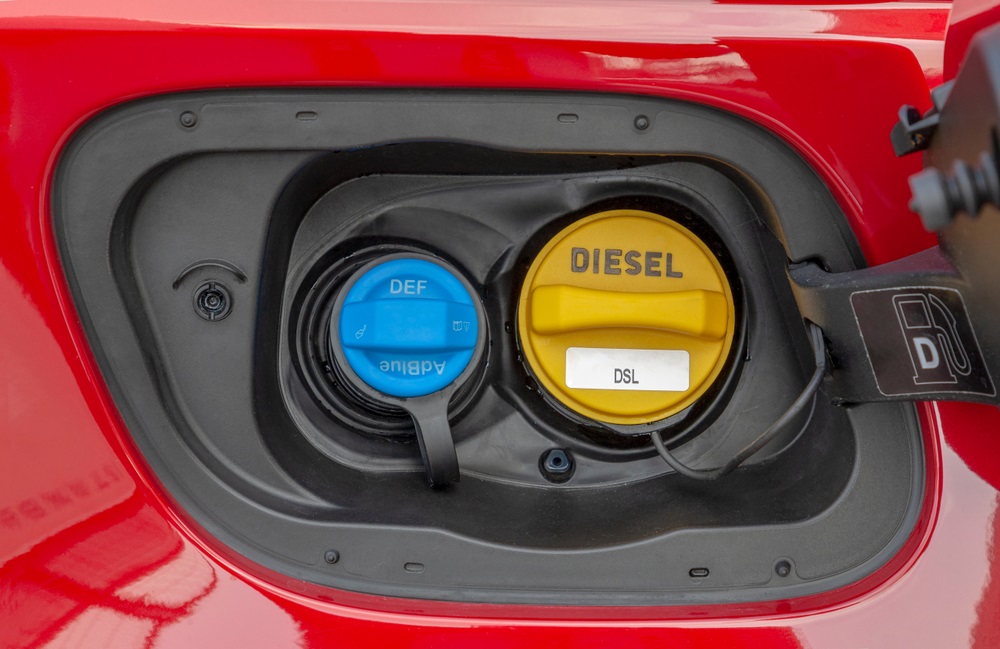
By 2010, over 1 million heavy-duty diesel trucks in the United States were using DEF. The growth trajectory continued, doubling DEF usage from 2.7 million tons in 2011 to 6 million tons in 2013.
By 2017, 97% of all new heavy-duty trucks were equipped with selective catalytic reduction systems and used DEF. Light-duty diesel vehicles also saw massive adoption, with DEF usage growing from just a couple hundred thousand gallons in 2009 to over 200 million gallons by 2017.
DEF consumption has grown at around 20-30% per year over the past decade. In North America alone, over 12 million tons of DEF were used in 2020. DEF is becoming a universal standard component of modern diesel exhaust after-treatment systems as diesel engine emissions regulations continue to tighten globally. Its high effectiveness makes it an essential tool for meeting the latest emissions requirements.
Current Status
Diesel exhaust fluid (DEF) is widely used across most modern diesel engines. DEF consumption has steadily grown over the past decade as more vehicles and equipment adopt the required selective catalytic reduction (SCR) systems.
As of 2022, DEF is standard for any new on-road or off-road diesel vehicle sold in North America, Europe, Japan, and other major markets with strict emissions regulations. It has become a ubiquitous consumable in the diesel world.
Annual global consumption of DEF now exceeds 10 million tons as the diesel vehicle population requiring it has ballooned. In North America alone, around 14 million heavy-duty diesel trucks use DEF. Its widespread adoption will grow as older vehicles are gradually retired and replaced by newer models.
The DEF infrastructure has developed to meet rising demand. Most major truck stops now have DEF pumps, which are also available at auto parts stores, fuel stations, and other outlets. Various companies have established Bulk storage, handling, and delivery systems to support large commercial vehicle fleets.
As diesel emissions regulations continue to tighten worldwide, even more engines will employ SCR and need DEF. Maintaining a reliable DEF supply chain and educating users will remain priorities for vehicle manufacturers and fuel providers. While established now, DEF is expected to take on an even greater role in diesel engines in the future.
Frequently Asked Questions
Your most popular questions are answered below:
When Was Diesel Exhaust Fluid Introduced?
Diesel Exhaust Fluid was first introduced and started being used in 2010 in the United States, in response to the Environmental Protection Agency’s (EPA) tighter emission standards.
Why Was Diesel Exhaust Fluid Developed?
Diesel Exhaust Fluid was developed as a part of the selective catalytic reduction (SCR) technology to help reduce the NOx emissions from diesel engines, thus making them more environmentally friendly.
Where Is Diesel Exhaust Fluid Utilized?
Diesel Exhaust Fluid is primarily utilized in diesel engines, especially those found in heavy-duty trucks, pick-ups, SUVs, and agricultural and construction equipment.
How Does Diesel Exhaust Fluid Work?
Diesel Exhaust Fluid is injected into the diesel vehicle’s exhaust stream. It then decomposes into ammonia and carbon dioxide, which reacts with the NOx in the SCR catalyst and converts them into harmless nitrogen and water
In Conclusion
Several main trends are likely to shape the future of diesel exhaust fluid.
While there is uncertainty around the details, what is clear is that diesel exhaust fluid is here to stay as an integral part of modern diesel engine emissions control. Tighter regulations and ongoing technology improvements will shape how effectively and efficiently it is used in the years ahead. With 20+ years of experience in the field, Azure provides high-quality DEF products to all over the US. Contact us today to get a quote.
